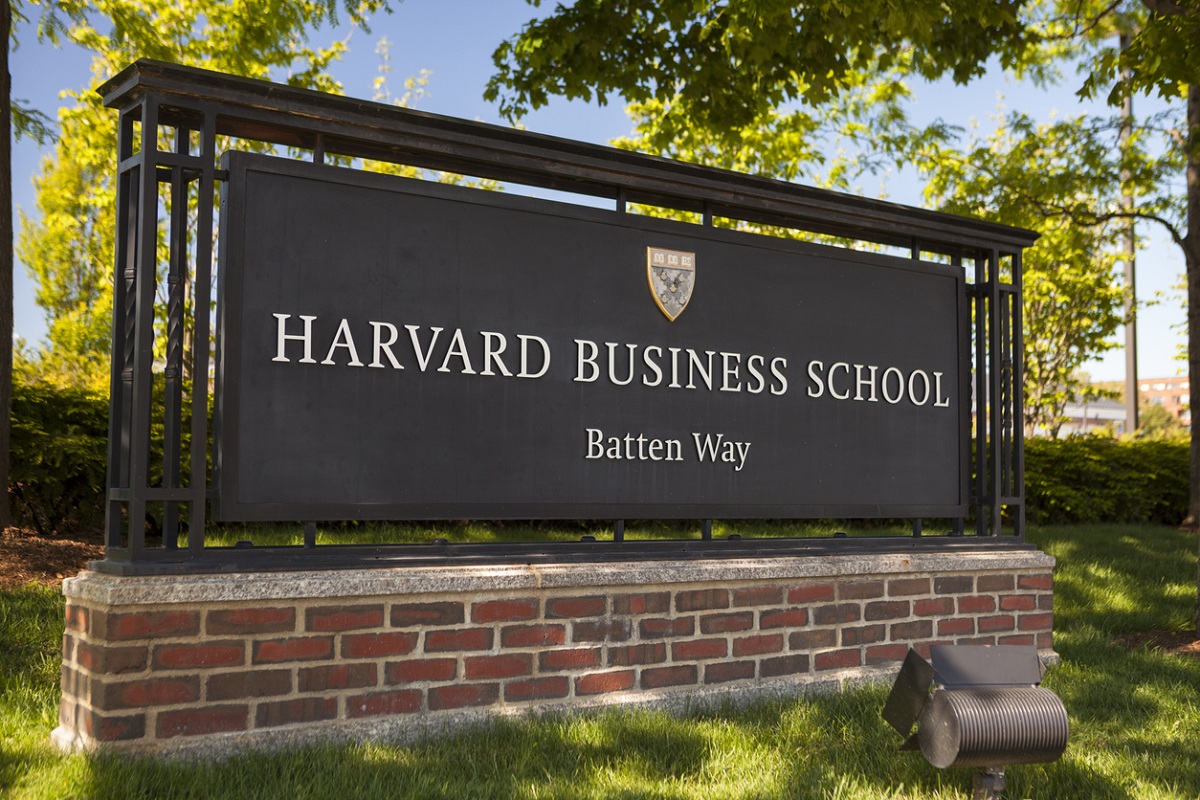For the past several decades, management education has been one of the most coveted disciplines globally. Applicants seek quality education that can fast-track their understanding of economies and business. Corporate firms are looking for job-ready individuals who can understand the larger perspective picture and contribute to their growth story. Business school graduates are driving change through leadership positions across industries and sectors.
Being a relatively recent discipline and one that is contextspecific, management education must undergo frequent changes. Innovate or die is the mantra that business schools have to adopt in order to be relevant. They must appreciate the changes in the way business is conducted and accordingly review their curriculum, methodology and people. Business schools that insist on following the traditional approach will be doing a disservice to their students and to the recruiters as well.
Mark McCormack, in his famous book, What They Dont Teach You at Harvard Business School, talked about the gap between the skills required to be a professional manager in the corporate world and the curriculum that is adopted by business schools. He used his own story as a blueprint to highlight the fact that an MBA from one of the top business schools and success in the business world may not be as directly correlated as business schools want you to believe.
Going forward, business schools need to adopt their curriculum and their programmes to suit the changing needs of the industry. Business schools have to be updated with the industry requirements and to modify their programme in such a way that the employer is confident about the learning that a person pursuing that course will bring to his organisation. The decade gone by witnessed two significant changes that management schools went through. The first was in terms of student profile.
Diversity came into focus. Scholarship programmes were started for women students. Students with work experience across industries were invited back to the classroom; for this, the focus in the entrance criteria shifted from test scores to the candidate’s experience and exposure. Several business schools changed their entrance criteria and started giving credit to quality beyond a test score. For example, in 2009, the School of Inspired Leadership introduced Caliper, a profiling tool that tests applicants for their leadership potential.
The intent was to strengthen the diversity in business school classrooms. The second change was the involvement of industry. Increasingly, senior executives became more conscious of the importance of contributing to education and were willing to make the time for this across business schools. They came on board as mentors, visiting faculty, guest speakers and for research collaborations, offering live projects ~ over and above industry internships ~ which gave students the opportunity to learn in a realworld setting under the guidance of seasoned professionals.
Looking ahead, we can see two trends emerging ~ one is the globalisation of management education and the other is the increasing use of technology. The world has definitely shrunk and business schools must swim with this tide. More and more students today ask for global exposure. While exchange programmes have long been part of the business school curriculum, joint degrees are now being offered as well, which could lead to a diverse learning experience.
The time-honoured case-study method of business schools is also being reinforced by global “immersion experiences” where students do a live project overseas. This kind of real-world exposure in a different context and setting can prepare students for global leadership roles that is much needed in today’s corporate context. Increasingly, business schools are playing host to India’s immersion programmes for senior executives of other nationalities. They partner with other business schools and consulting firms to arrange a learning experience for their executive education programme participants.
One major reason for this cross-cultural exposure is the increased use of technology in the current business setting. This, in itself, is another trend in higher education today. Till recently, technologyrelated discussions may have been restricted to the MIS or statistics classrooms. Classrooms are being supplemented by digital lectures, notes, AI-enhanced assessments that personalise the learning pace according to the comprehension capacities of individual students. Automation, robotics and blockchain skills are needed in this age of Industry 4.0, and those possessing such skills will have a distinct advantage.
Going forward, the acute shortage of talented faculty and the resultant costs will lead to greater acceptance of online courseware. This can be of two types ~ recorded videos of inhouse faculty or MOOCs (massive open online courses) by other schools. MOOCs are available freely across subject areas. It also gives an opportunity to students to add to their repertoire of skills and improve the opportunities available to them after college.
Today, a hybrid model of online and offline learning is developing the world over to maximise student learning potential. In today’s digital era, an indepth technical orientation is critical in every branch of learning. Across the board, technology has seeped into management subjects. Social media awareness in marketing, big data analytics, tech-based innovation, knowledge management, e-commerce and HR analytics are all gaining importance. Faculty and learners alike must be able to dissect data and be conversant with technology. Business schools are fast accepting this fact and efforts are being made to get the best faculty on board.
Superior learning can happen if the faculty has first-hand exposure to these areas. For this, the current trend of industry involvement as faculty is essential to make students job-ready. Further, tech-savvy professors are also interacting on matters relating to social media, LinkedIn, SlideShare and others. This enables them to learn about the best practices from across the globe and selectively apply what is appropriate to their context.
The rate of change of curriculum has to be in step up with this tech-enabled speed of knowledge sharing and dissemination. This invigorating combination of globalisation and technology- orientation will make business schools the best place to learn and grow. Those who keep pace with this transformation will emerge as winners in the minds of their students and industry partners as well. When it comes to attracting students to business schools, placement is taking precedence over academics.
This is evident from the prominence given to placements by a majority of business and management schools across India. Websites, admission brochures, advertisements in print and social media, and an increasing number of business schoolsponsored events invariably claim that “the institute provides placement assistance to students for a promising career.” Most business schools’ admission prospectus and presentations to the prospective MBA students almost always feature median and maximum salaries of the graduating students.
In addition, many business schools actively engage experts in grooming students for placements. The question is, why business schools are overemphasising placements. Does it serve the true purpose of cultivating a new breed of MBAs? And what is the root cause and solution to this ‘problem’? The millennial generation students evaluate an MBA programme typically on the basis of “return on education.” Students and their families are influenced to believe that an MBA is a golden ticket to a high-paying job. Incoming students confess that placements weigh heavily on them in making a choice to enrol in a school.
This could probably be the reason why many people label management institutes as placement agencies, rather than temples of learning and centres of excellence. The placement syndrome among entrants is further fuelled by the ever-increasing tuition fee charged by almost all business schools, and the broader societal outlook of equating success to a high pay package. Management institutes enjoy an elevated status and are seen as catalysts of change in the society.
It is, therefore, crucial for such institutes to make an honest effort to change the public perception of viewing them as glorified placement agencies. Learning can be understood as a process of changing behaviour. It is, therefore, essential for management institution to establish an education ecosystem that stimulates students’ curiosity to learn, ability to think analytically, prepare students to meet challenges and setbacks in life, and develop capabilities among students to apply classroom learning in real-life situations.
B usiness schools should embrace a holistic approach to design and deliver an MBA programme. They should work in close partnership with corporates for recasting industry-relevant course curriculum with an eye on garnering their support in providing project-based learning opportunities to the MBAs. Course curriculum requires periodical review and continuous adaptation from academics and practitioners. Students need to be told that management education is a lifelong pursuit.
(The writer is with the Eastern Institute for Integrated Learning in Management, Kolkata. Views are personal)












